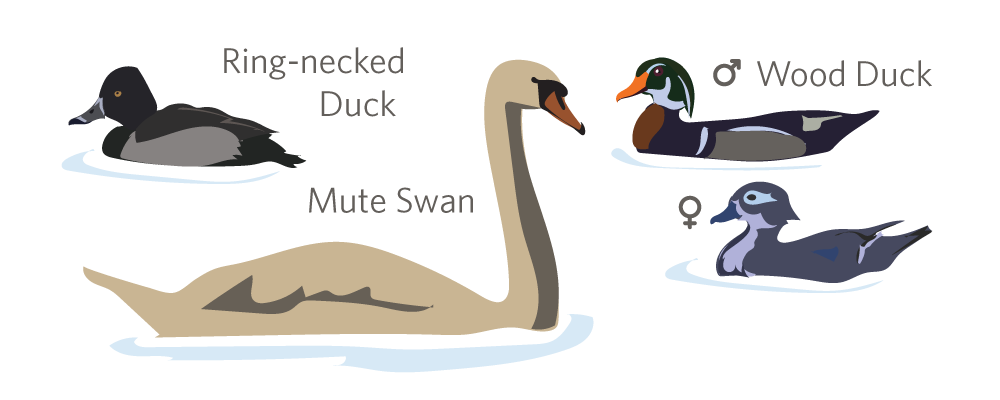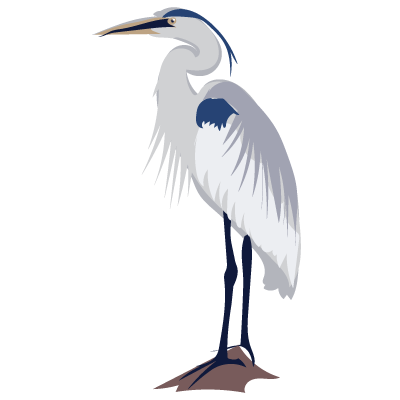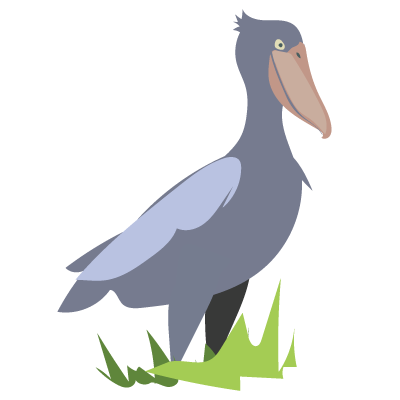
We kicked off the Critter Calendar in style with a record breaking Cormorant Week on iNaturalist! We counted 89 Observations from 11 countries by 54 observers representing 15 distinct species.
Cormorants
As expected, we had a lot of Double-crested Cormorants checking in from North America, but we counted seven different Cormorants in total. Gena Bentall (@gbentall) managed to tick all 3 cormorants from California at Moss Landing, near Monterey
The relatively widespread Neotropical Cormorant and Great Cormorant were each well represented across the Neotropics, North America, and Europe. We also counted two cormorants from Australia and New Zealand. The Little Black Cormorant from New Zealand is well represented on iNat, but was missed this week. We also dipped on a few African species that have previously checked into iNat, but not this week.

A swimming Double-crested Cormorant observed by @tnewman
Anhingas
The American Anhinga was well represented from the New World, and thanks to efforts by Ry Beaver (@ryber), we had a second Anhinga species with his Australian Darter from near Perth.
Gannets and Boobies
James Shelton (@james5) found a couple of Northern Gannets on the Virginia coast. It looked like we weren't going to get any Boobies, and then Colin Morita (@colinmorita) came through with visit a Hawaiian Red Footed Booby colony. And towards the end of the week, @icosahedron reported 3 Booby Species from the Galapagos!
Frigatebirds
We had 2 species of Frigatebird check in. The Greater Frigatebird also from the Galapagos, and the Magnificant Frigatebird from Florida, Mexico, and this great spotting of one perched by Scott Trageser (@naturestills) from Barbuda. Both Roger Shaw (@aredoubles) and @tnewman managed to tick Magnificant Frigatebird along with two other species (Anghinga and Double-crested) in Florida this week.
This was the biggest week ever on iNaturalist by number of Cormorant (Suliformes) observations! We appreciate everyone who participated help kicking of the Critter Calendar, and remember, Hawk Week is currently underway - so get outside and find us some raptors!

Details on how we're counting
Thanks to everyone for bearing with us as we fiddle with this Critter Calendar idea. We'll likely change some of the details for how we're counting as we (a) learn from this experience and (b) make some changes to the software. But for now, we're counting (adding to the project) everything observed during the Calendar Week (ie Midnight Sunday through Midnight the following Sunday in London) that is a candidate to become Research Grade (e.g. has a photo, location etc.) and we have permissions to add to the project. The way iNaturalist counts species varies a bit on the site, but we're counting distinct taxa (ie all taxa minus their ancestors).

Thanks to Blake Matheson, Dario Sanches, barloventomagico, birdman_of_jalova David and Dorothy Jenkins (Sharing for 2015), Mikko Koponen, Len Blumin, Drew Avery, Kevin Rolle, Blake Matheson, Jerry Kirkhart, Franco Folini, Marj Kibby, Jan Smith, Xavier Ceccaldi for licensing their photography for use in the graphic.































